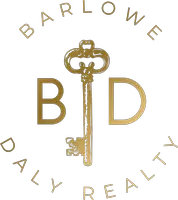Should You Put 20% Down on a Home?
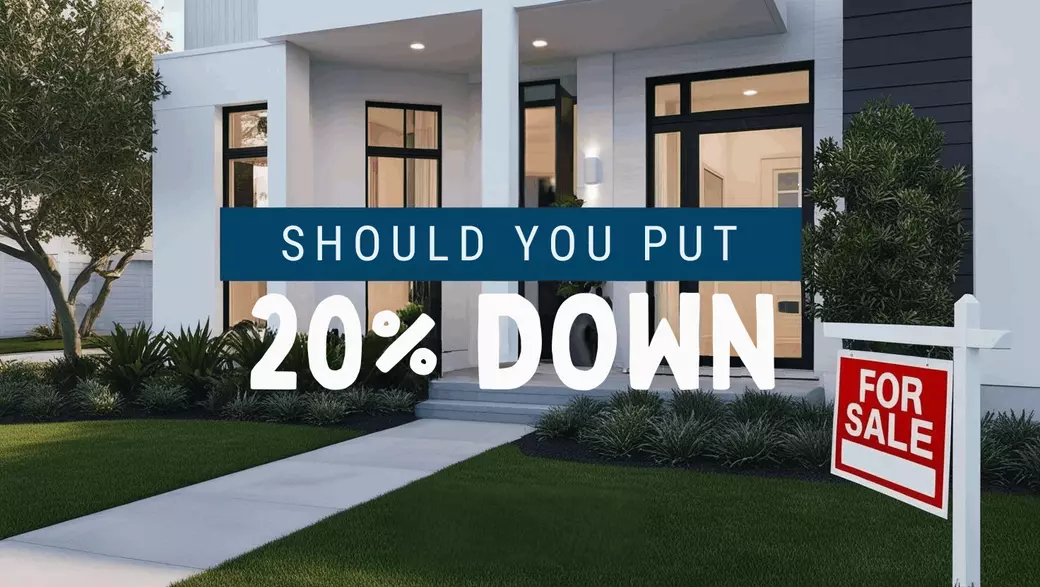
Should You Put 20% Down on a Home?
When buying a home, you’ve probably heard that a 20% down payment is ideal. While it does offer benefits like lower monthly payments and avoiding private mortgage insurance (PMI), it’s not a requirement. In fact, many loans allow for much lower down payments—conventional loans start at 3% for first-time buyers, FHA loans require 3.5%, and VA loans offer 0% down for eligible borrowers.
Pros of a 20% Down Payment
✅ Lower Monthly Payments – A larger down payment means borrowing less, resulting in more manageable monthly payments.
✅ No PMI – Conventional loans require PMI if you put down less than 20%, which adds extra costs to your mortgage.
✅ Better Interest Rates – Lenders see a larger down payment as less risk, often leading to lower interest rates and long-term savings.
✅ Faster Equity Growth – With more initial ownership, you benefit more from home value appreciation.
Cons of a 20% Down Payment
❌ Difficult to Save – Accumulating 20% can take years, delaying homeownership.
❌ Less Cash for Emergencies – Tying up savings in your home could leave you financially vulnerable.
❌ Higher Upfront Costs – Don’t forget closing costs, which range from 2-5% of the home’s price and aren’t included in the down payment.
❌ Financial Strain – A large down payment could limit funds for moving costs, home repairs, or new furniture.
What’s the Right Amount for You?
A 20% down payment can offer significant benefits, but it’s not always necessary. Consider your savings, future expenses, and loan options. If saving 20% feels out of reach, down payment assistance programs or loans with lower requirements may be great alternatives.
Need help navigating your options? Let’s find the best path to homeownership for you!
Categories
Recent Posts
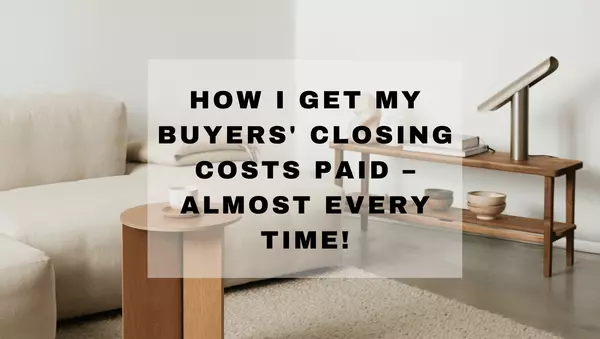
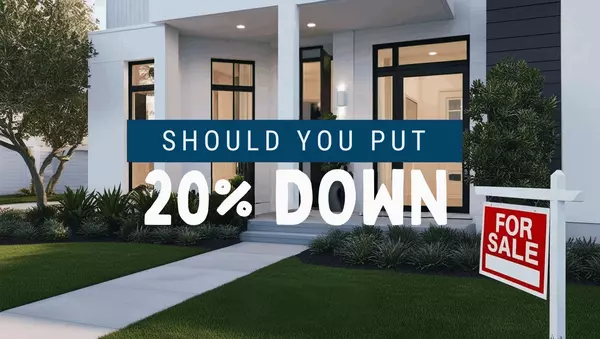


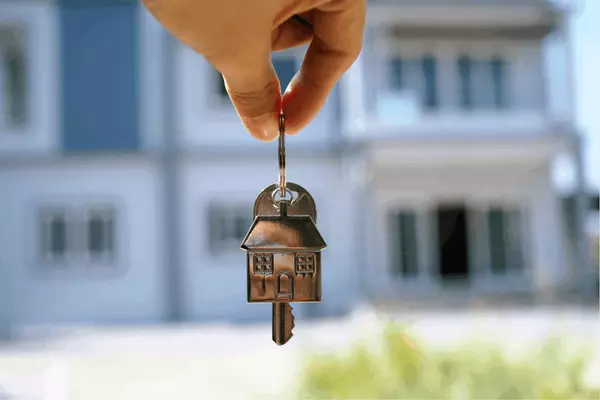
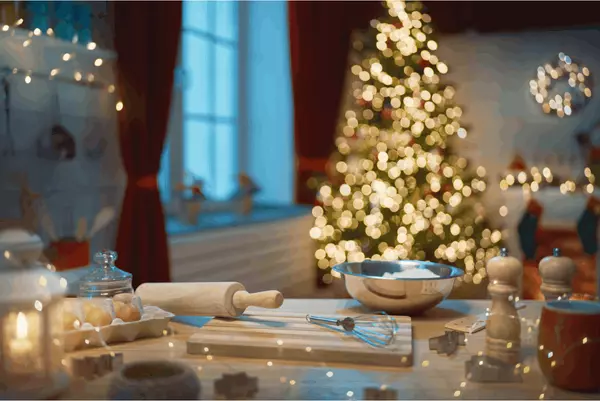

Owner - Realtor Team Lead | License ID: 758518
+1(210) 216-5241 | sharice@thegoldeneyegrp.com
